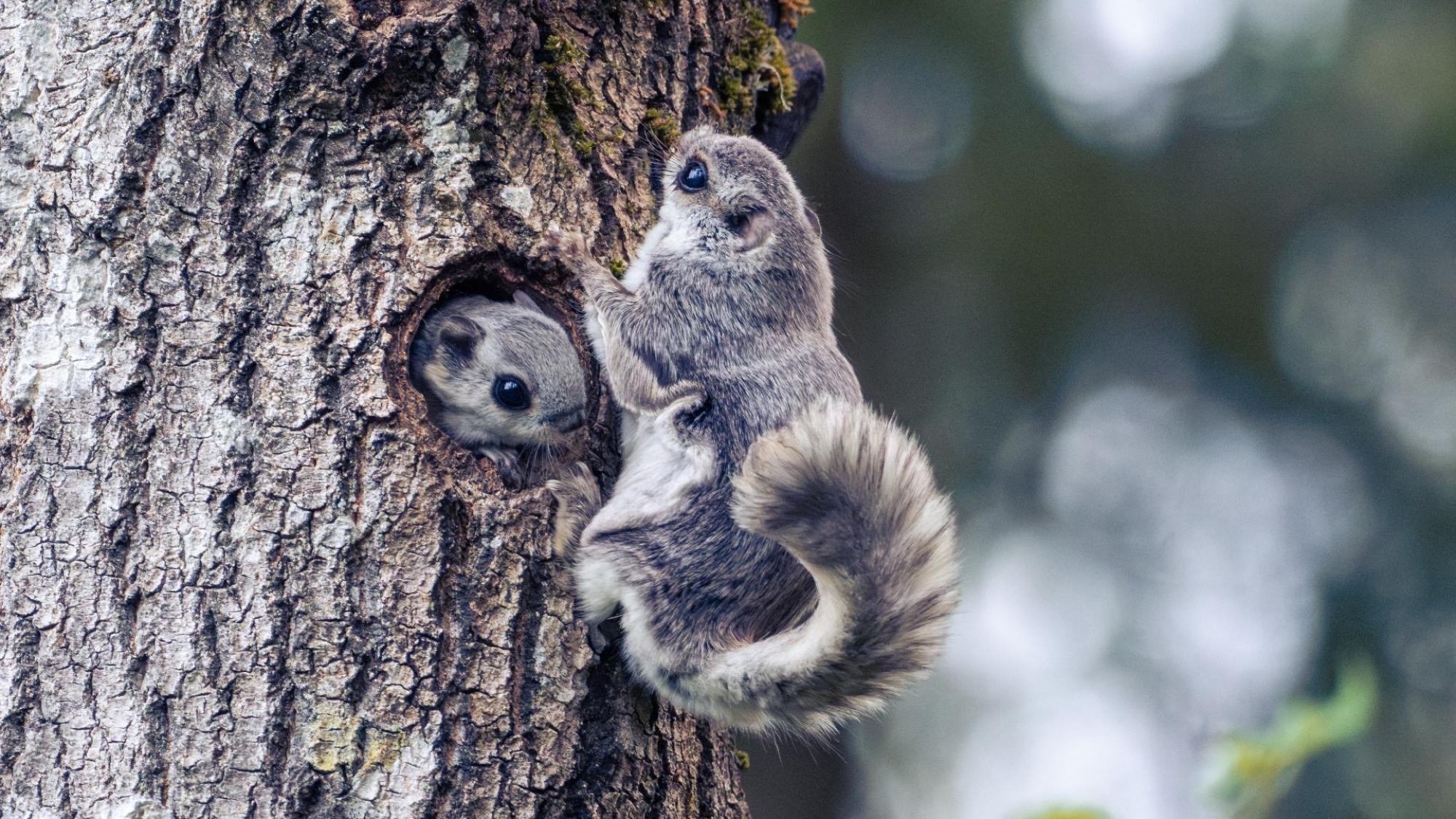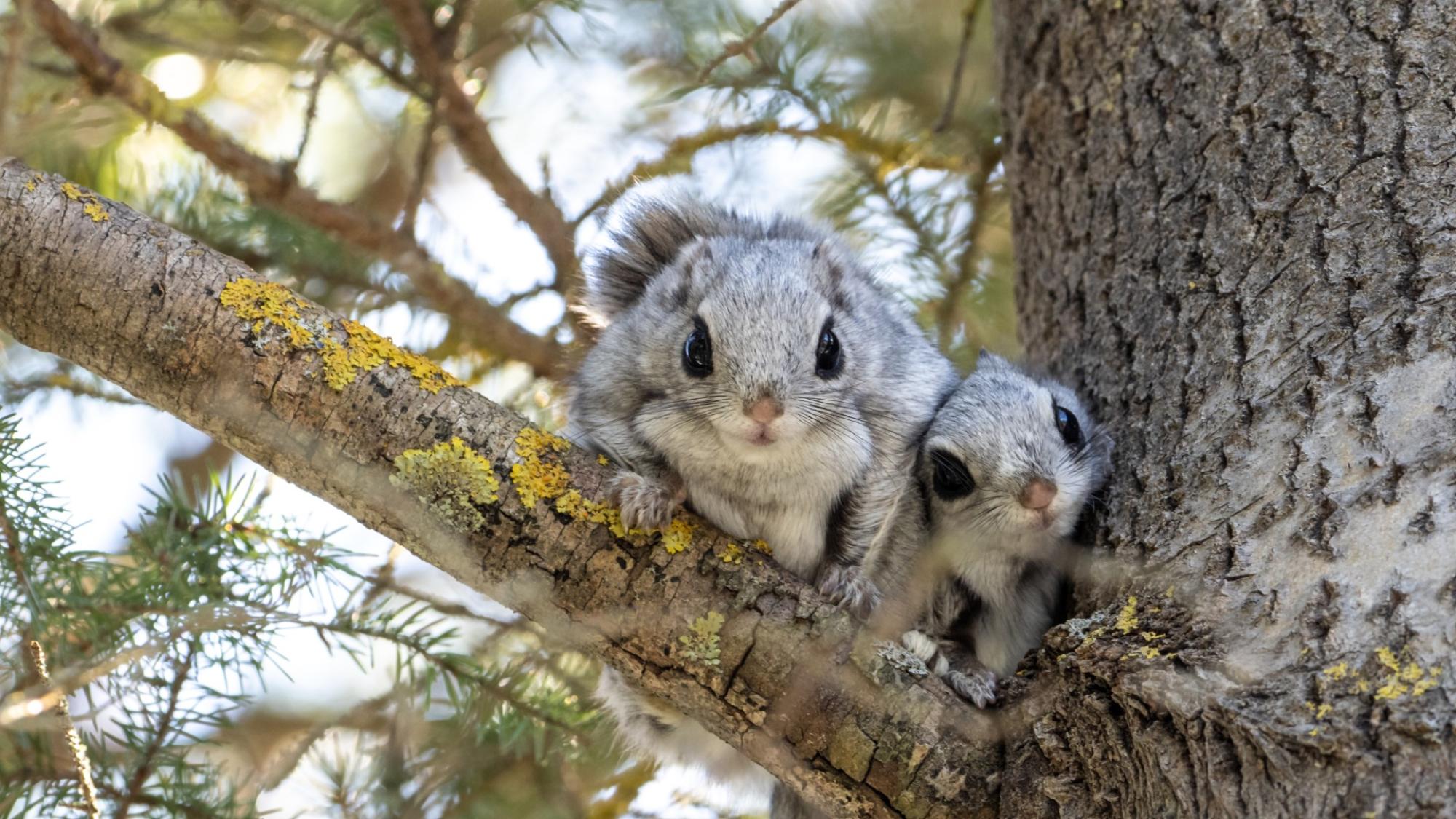The entire genome of the flying squirrel assembled for the first time in Oulu – boosts conservation efforts

The reference genome acts as a standard against which individual or species genomes can be quickly compared, which also enhances conservation efforts. Genomic data makes it possible to determine species distribution and behaviour more accurately and identify factors affecting adaptability.
Sequencing the flying squirrel’s (Pteromys volans) genome – reading its genes – was achieved from an individual found dead near Kuopio. Researchers were able to reconstruct both the nuclear genome and mitochondrial genomes completely and also determined the structure of the flying squirrel’s chromosomes.
The flying squirrel’s genome consists of about 2.8 billion base pairs – almost as many as the human genome, which has 3.2 billion base pairs. The study was published in September 2025 in the scientific journal Ecology & Evolution.
The flying squirrel is an indicator species for diverse old spruce-dominated mixed forests that also include deciduous trees such as aspen. “If flying squirrels live in your forest, you’re likely providing a home for many other species as well,” says doctoral researcher Gerrit Wehrenberg.
“What has surprised me most is how, in Finland – unlike elsewhere in Europe – the flying squirrel has sometimes even gained a negative reputation as a troublemaker that hinders forestry,” Wehrenberg continues. “Productive forestry can be combined with preserving the ecosystem represented by the flying squirrel. Our goal is to provide decision-makers with information about the flying squirrel’s life and what the species needs to thrive in coexistence with forestry.”
Slightly smaller than a common squirrel, the flying squirrel is nocturnal and has large eyes adapted for night vision. Its special feature is the skin flaps between its front and hind legs, which allow it to glide tens of meters from tree to tree. On the ground, the flying squirrel moves clumsily and avoids crossing large open areas.

In Finland, the flying squirrel is classified as vulnerable, and in Estonia only about 300 individuals remain, making it strictly protected in the EU. Previous studies show that unless the population decline in Finland stops, the species will disappear from European forests within a few decades. The main reason for the decline is unsustainable forestry, which leaves suitable habitats isolated as islands surrounded by clear-cut areas.
Flying squirrels occur sporadically as far north as Kuusamo. There are none in the Oulu area. Researchers from the University of Oulu monitor them in Syöte National Park. “Anyone interested across Finland can participate in citizen science by collecting flying squirrel droppings to support species monitoring,” invites Wehrenberg. Participation instructions are available on the University of Oulu’s biodiversity genomics research group website.
Free screening of The Forest Archipelago documentary on November 27 at Star Cinema in Oulu
The documentary explores research and forest ownership, featuring stunning Syöte landscapes alongside University of Oulu researchers and a forest-owning family. Researchers discuss studies on the willow tit and flying squirrel, while a new-generation, future forest owner reflects on forest use. After the film, speakers will discuss its themes in Finnish and English. The multilingual documentary is subtitled in English. Reserve free tickets

Safeguarding biodiversity through interdisciplinary research on habitat restoration SAFIRE
Barcoding of life underway in the forests of Amazon and Finland